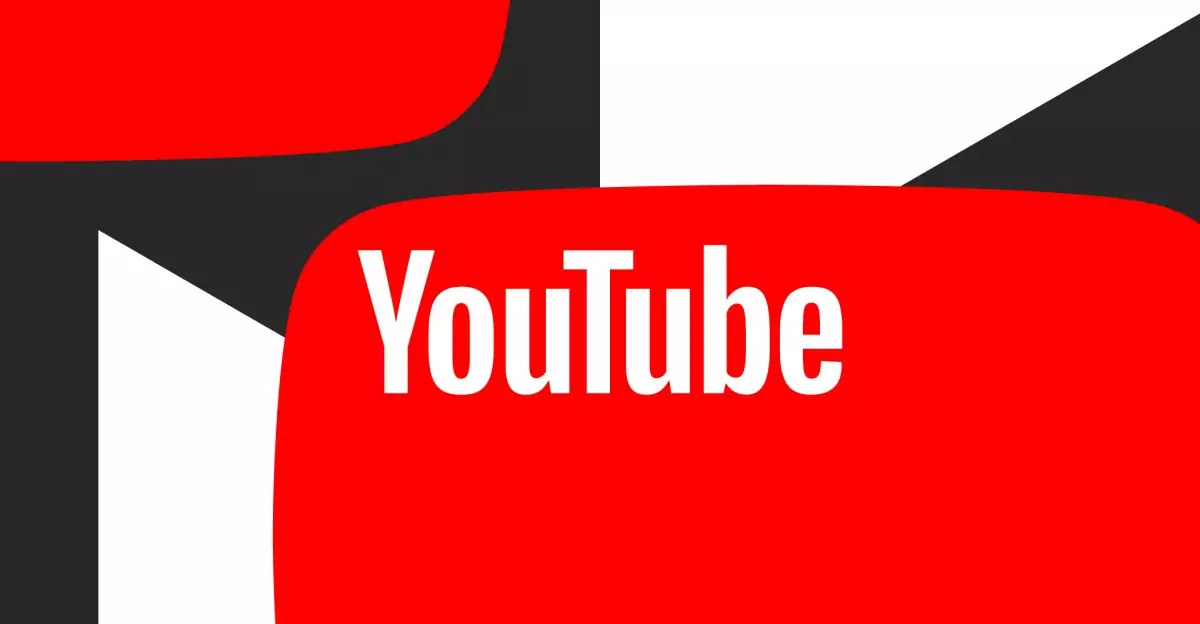In a remarkable reconfiguration of its content moderation policies, YouTube has chosen to sidestep certain regulatory constraints in favor of amplifying the voices of creators and allowing discussions that delve into complex societal issues. This strategic pivot, reported by The New York Times, positions the platform as an arena for robust dialogue, even at the risk of hosts promoting potentially harmful content. The implications of this shift are vast, as online platforms grapple with the delicate balance between protecting free speech and mitigating harm.
YouTube’s new approach embraces a more expansive definition of “public interest.” Previously, the threshold was set at 25% of content violating community guidelines; now, videos can remain on the platform even if half their content breaks the rules, as long as they delve into critical topics such as politics, healthcare, and social justice. This marks a significant evolution in how digital platforms view the role of moderation, suggesting a willingness to treat content not only as information but as an essential component of public discourse.
Freedom of Expression vs. Harmful Content
The dialogue around free expression is not new; however, the motivation behind YouTube’s new policy adaptation reflects an ongoing struggle within tech companies to redefine the bounds of acceptable speech. Emerging from a period marked by stringent controls, particularly during the Trump administration and the COVID-19 pandemic, this lenience indicates a broader industry trend towards less restrictive oversight following significant political pressures.
YouTube’s spokesperson, Nicole Bell, emphasized in a statement that the company aims to foster a space that champions free expression — a noble objective when considering the complexities of modern communication. Yet, one must critically assess the potential ramifications of such a lax approach. The assertion that “freedom of expression value may outweigh harm risk” raises pressing questions: Who decides what constitutes public interest? Is the potential for misinformation or harmful speech sufficiently mitigated by the value of allowing diverse voices to be heard?
The implications of this policy change could lead influencers and creators to operate in a gray area, knowing that their content might escape moderation as long as it touches on socially relevant topics. This could result in a surge in divisive narratives masking themselves as “social commentary,” subsequently complicating the dialogue surrounding genuine public interest.
The Role of Political Influence and Legal Pressures
The genesis of these policy changes also aligns with a notable political backdrop, where platforms have faced substantial scrutiny from various administrations. As political tensions rise, so too does the risk that digital sociopolitical landscapes manipulate content moderation for ideological advantage. Meta’s recent relaxation of hate speech regulations echoes YouTube’s shift, suggesting a combined response by tech giants to external pressures and legal challenges that threaten their operational foundations.
Currently, YouTube finds itself navigating legal challenges that may profoundly affect its policies, including two significant antitrust lawsuits from the U.S. Department of Justice. Amid these complexities, the platform’s decision to ease moderation raises the stakes further, placing it at risk of being accused of facilitating harmful dialogue under the guise of free speech. The unyielding critique of tech companies, especially from political figures, can lead to increasingly defensive maneuvers that serve the interests of their platforms over the well-being of their users.
Real-World Consequences of Content Moderation Changes
Incidents showcasing the practical implications of this policy transformation are already surfacing. For instance, a video discussing Robert F. Kennedy Jr.’s views on COVID-19 vaccines was permitted to remain on YouTube despite violating standard misinformation guidelines, on the grounds that its public interest significantly outstripped any potential harm. Such case studies underscore the ambiguous terrain that users must now navigate on the platform.
The ongoing challenge lies in ensuring that the principles of free speech do not overshadow the responsibility to protect individuals and communities from egregious misinformation and harmful content. As the platform seeks to uphold the sanctity of open discourse, it must remain vigilant about fostering spaces that are both inclusive and safe from deception and exploitation.
As YouTube continues to reshape its policies, creators, viewers, and society at large must grapple with the evolving landscape of digital expression. This critical balance—celebrating the importance of free speech while safeguarding against harmful narratives—could shape the future of online interaction and community building in unprecedented ways.

